Parsnip Deformities: Learn About What Causes Deformed Parsnips
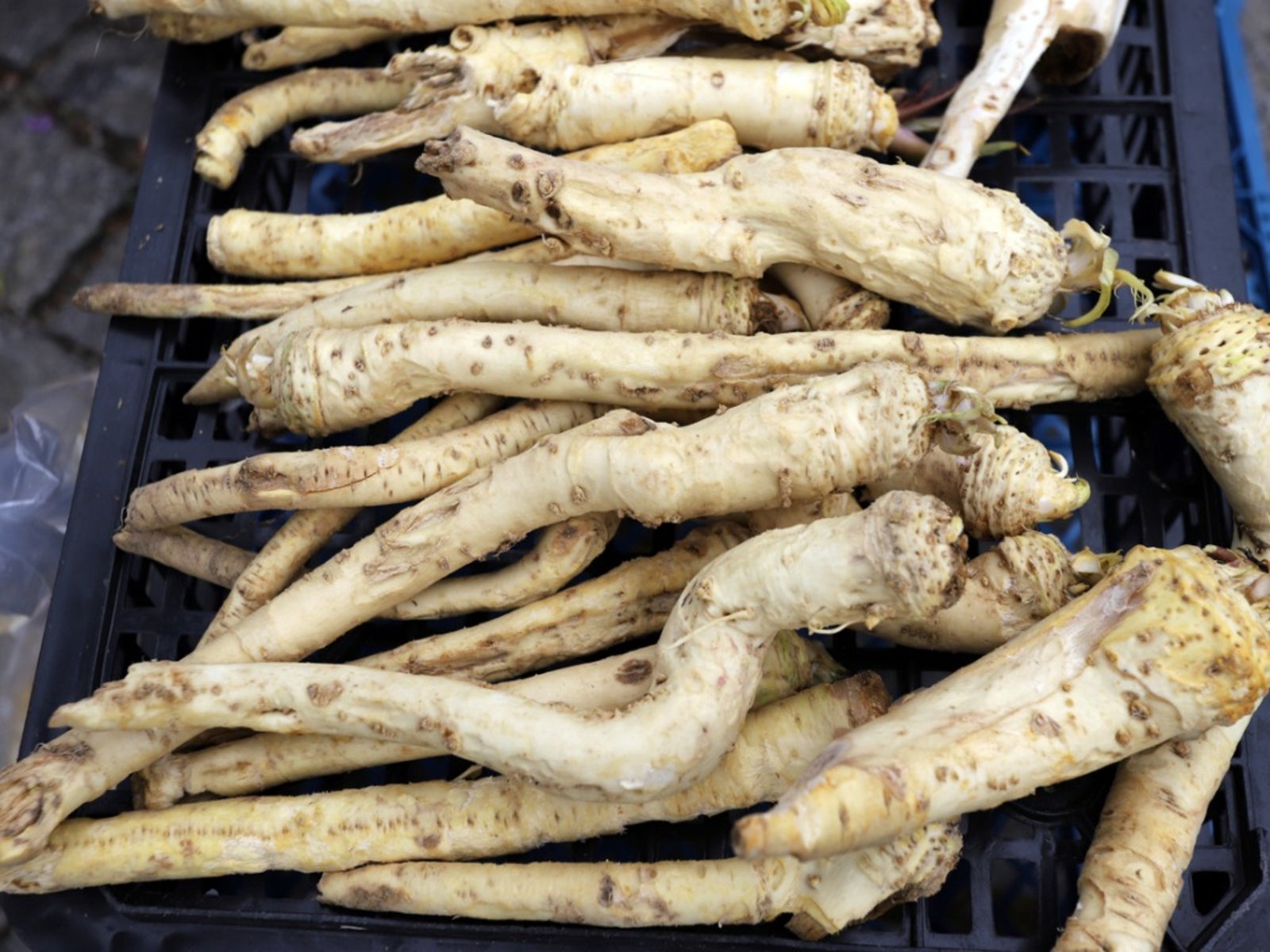

Parsnips are considered a winter vegetable because they develop a sweeter flavor after several weeks of exposure to cold. The root vegetable forms underground and has an appearance similar to a white carrot. The seeds are slow to germinate and need certain growing conditions to prevent parsnip deformities. When these do occur, it is important to know what causes deformed parsnips. Then you will be armed with information to help prevent deformed root crops.
What Causes Deformed Parsnips?
Deformed root crops are common in the home garden. Roots may become stunted, twisted, or knotty. Parsnip deformities can also produce forked roots or splits and may break when you try to pull them. The three most common reasons are improper soil preparation, over fertilizing, and root knot nematodes.
- Parsnips do best when direct seeded into fertile, well-worked soil. Garden beds full of rocks, clumps, and other debris aren't suitable for growing parsnips. The soil needs to be broken up and loose to prevent parsnip deformities.
- When you use compost as a fertilizer, be sure the fertilizer is completely finished and free of clumps that can cause parsnips to misshape as they try to push through the thick clots.
- The tiny root knot nematode is the most common cause of parsnip deformities. If you find your roots are knotty when growing parsnips, the cause is likely from this soil organism. Nematodes overwinter in soil and their feeding activity stimulate the plant cells to form galls on the roots. These galls prevent the plant from accessing adequate water and nutrients, which then stunt the plant. Root knot nematodes are less active in cold temperatures, so overwintering parsnips is a good way to help prevent damage from the pests. While almost impossible to see nematodes, you can sometimes find the female's pin-sized head in damaged roots, but identification is usually from already deformed parsnips.
Preventing Misshapen Parsnip Root
Soil preparation by tilling and incorporating organic matter loosens the soil to expose nematodes to the elements and adds predatory organisms to the bed that will eat the nematodes. Where soils are heavy, dig down at least 6 inches (15 cm.) and use leaf litter or other carbon rich organic to help loosen soil. In addition to proper soil preparation, crop rotation is an important step in preventing misshapen parsnip roots. Finally, choose a parsnip seed that is resistant to root knot nematode. If you purchase seedlings, make sure they are certified nematode-free. Keep the seedbed weed-free. Water well and fertilize lightly to promote a healthy plant that is more resistant to pests and cultural problems.
Gardening tips, videos, info and more delivered right to your inbox!
Sign up for the Gardening Know How newsletter today and receive a free copy of our e-book "How to Grow Delicious Tomatoes".

Bonnie Grant is a professional landscaper with a Certification in Urban Gardening. She has been gardening and writing for 15 years. A former professional chef, she has a passion for edible landscaping.
-
 Looking For Plants To Give You The Soft And Fuzzies? Try These 5 Fuzzy Leaf Plant Options
Looking For Plants To Give You The Soft And Fuzzies? Try These 5 Fuzzy Leaf Plant OptionsLovers of texture, drama, silver foliage and tactile plants will adore these special sensory garden additions. These fuzzy leaf plant options will leave you all aglow
By Susan Albert
-
 Get Ready For A Summer Of Hummers! Grow These Full Sun Hummingbird Plants and Flowers
Get Ready For A Summer Of Hummers! Grow These Full Sun Hummingbird Plants and FlowersIf you’re lucky enough to enjoy a sunny backyard, make sure you are maxing out on your pollinator opportunities and grow these full sun hummingbird plants and flowers
By Tonya Barnett
-
Powdery Mildew Of Parsnips – Treating Signs Of Powdery Mildew In Parsnips
Powdery mildew is a very common disease that affects a wide array of plants. Powdery mildew of parsnips can be a problem if left unchecked too. To learn more about how to manage and recognize the symptoms of powdery mildew in parsnips, click here.
By Liz Baessler
-
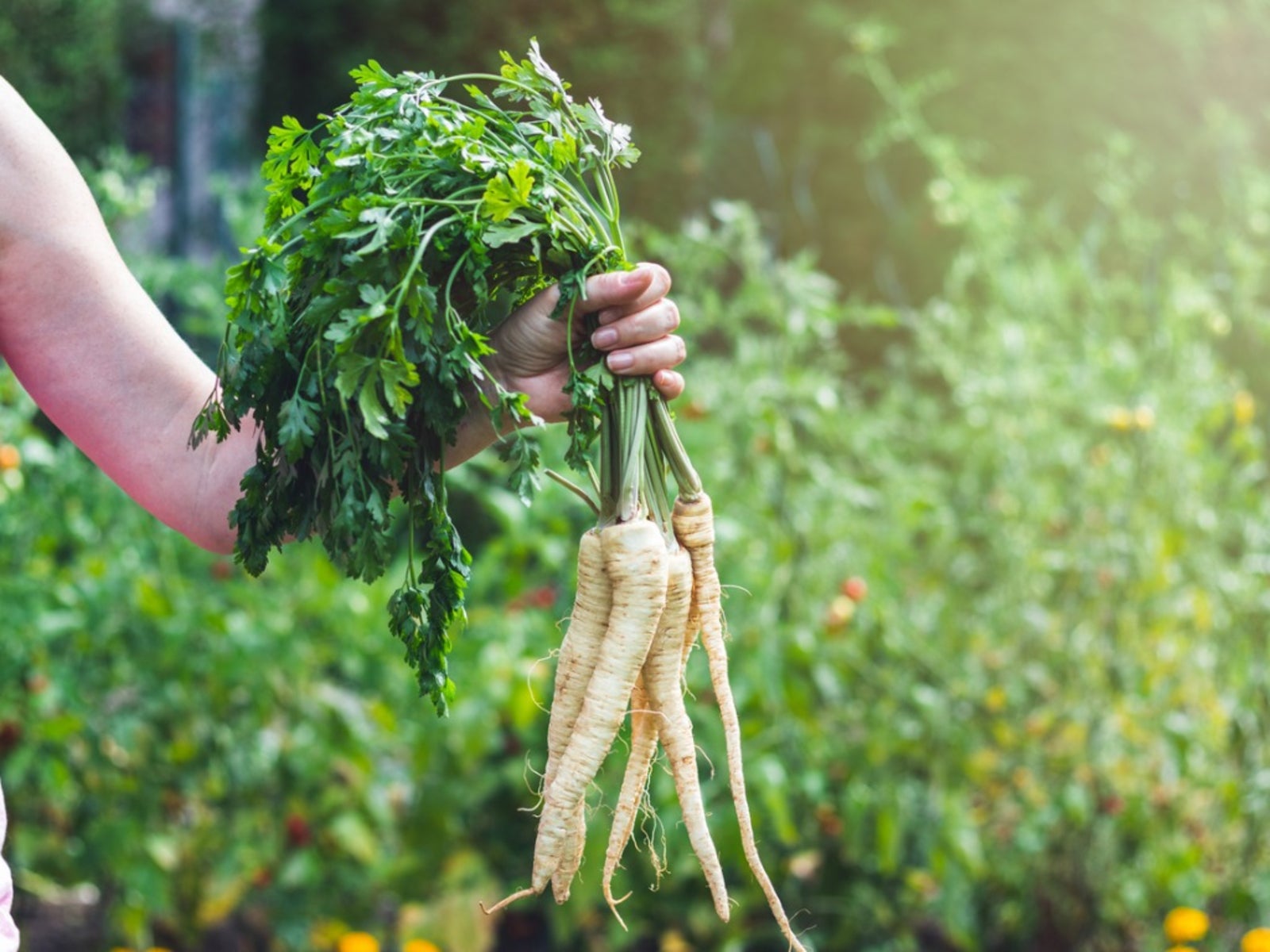 Parsnip Leaf Spot Problems – Learn About Leaf Spot On Parsnips
Parsnip Leaf Spot Problems – Learn About Leaf Spot On ParsnipsParsnips are as easy to grow as their cousin the carrot. Easy to grow they may be, but not without their share of diseases and pests. One such disease, parsnip leaf spot results in exactly what it sounds like - parsnips with spots on leaves. Learn more in this article.
By Amy Grant
-
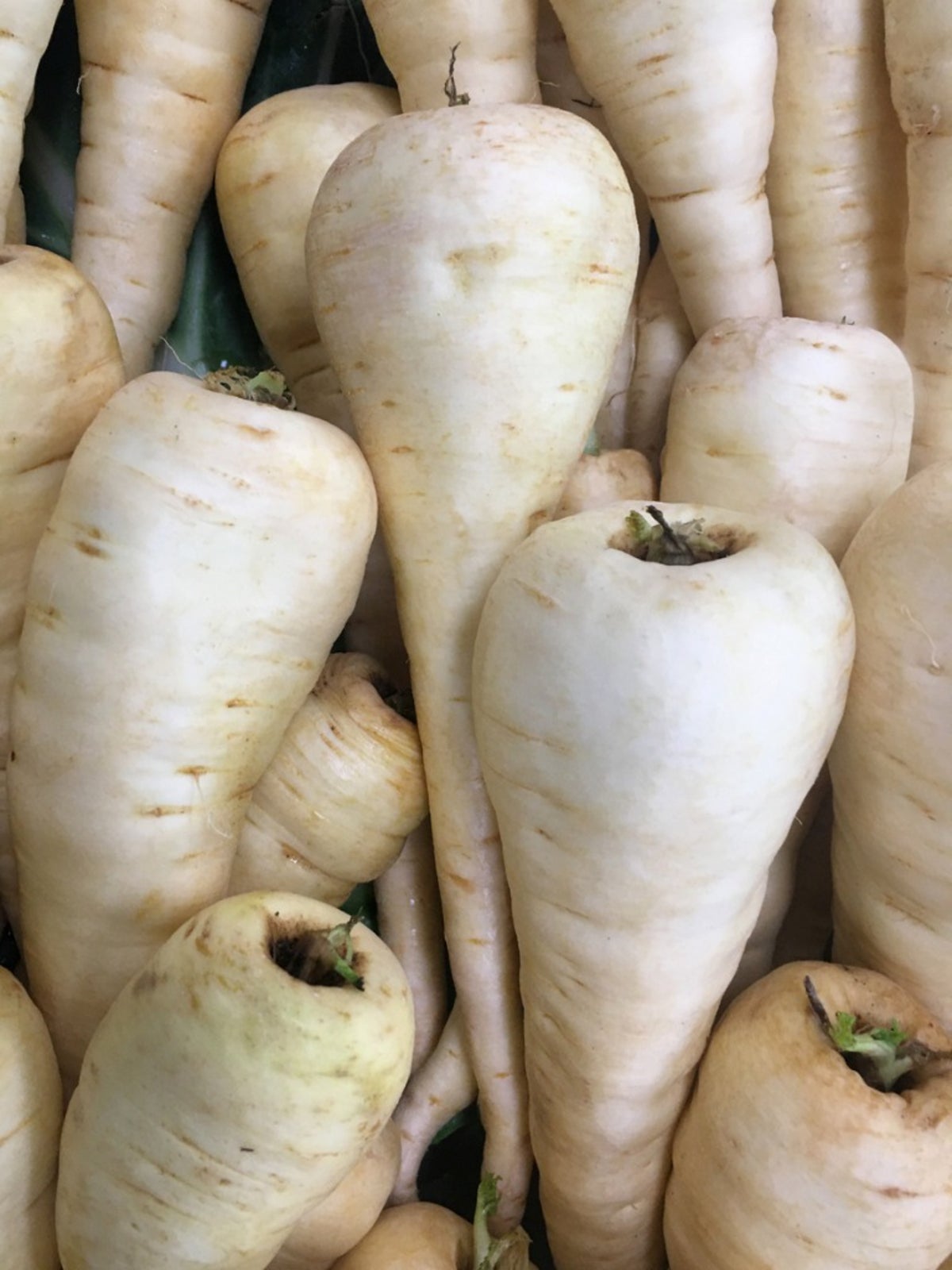 Guide To Parsnip Diseases – How To Treat Sick Parsnips In The Garden
Guide To Parsnip Diseases – How To Treat Sick Parsnips In The GardenParsnips are the often overlooked middle child of the root vegetable world, but they can be total rock stars in your garden. Just be on the lookout for these common parsnip diseases and your vegetable stand will be the envy of the neighborhood! Learn more here.
By Kristi Waterworth
-
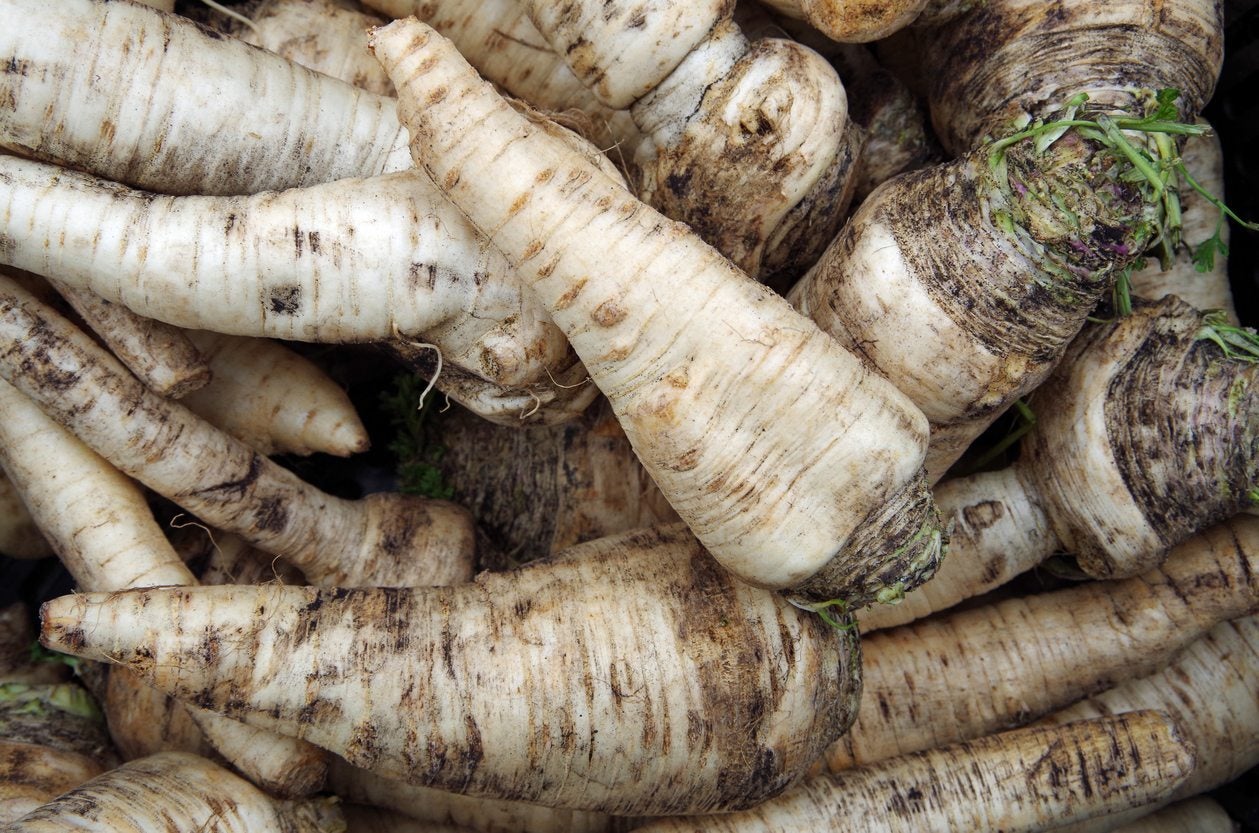 Harvesting Parsnips In Winter: How To Grow A Winter Parsnip Crop
Harvesting Parsnips In Winter: How To Grow A Winter Parsnip CropGardeners that have tried planting parsnip seeds in spring often get disappointing results. Parsnips have a reputation as being difficult to grow, mostly because gardeners plant them at the wrong time. An ideal time for many regions is winter. Learn more here.
By Darcy Larum
-
 Can You Overwinter Parsnips – Tips For Parsnip Winter Care
Can You Overwinter Parsnips – Tips For Parsnip Winter CareParsnips are a cool season vegetable that actually become sweeter when exposed to several weeks of cool, frosty weather. That leads us to the question "can you overwinter parsnips." If so, how do you grow parsnips in winter? Find out in this article.
By Amy Grant
-
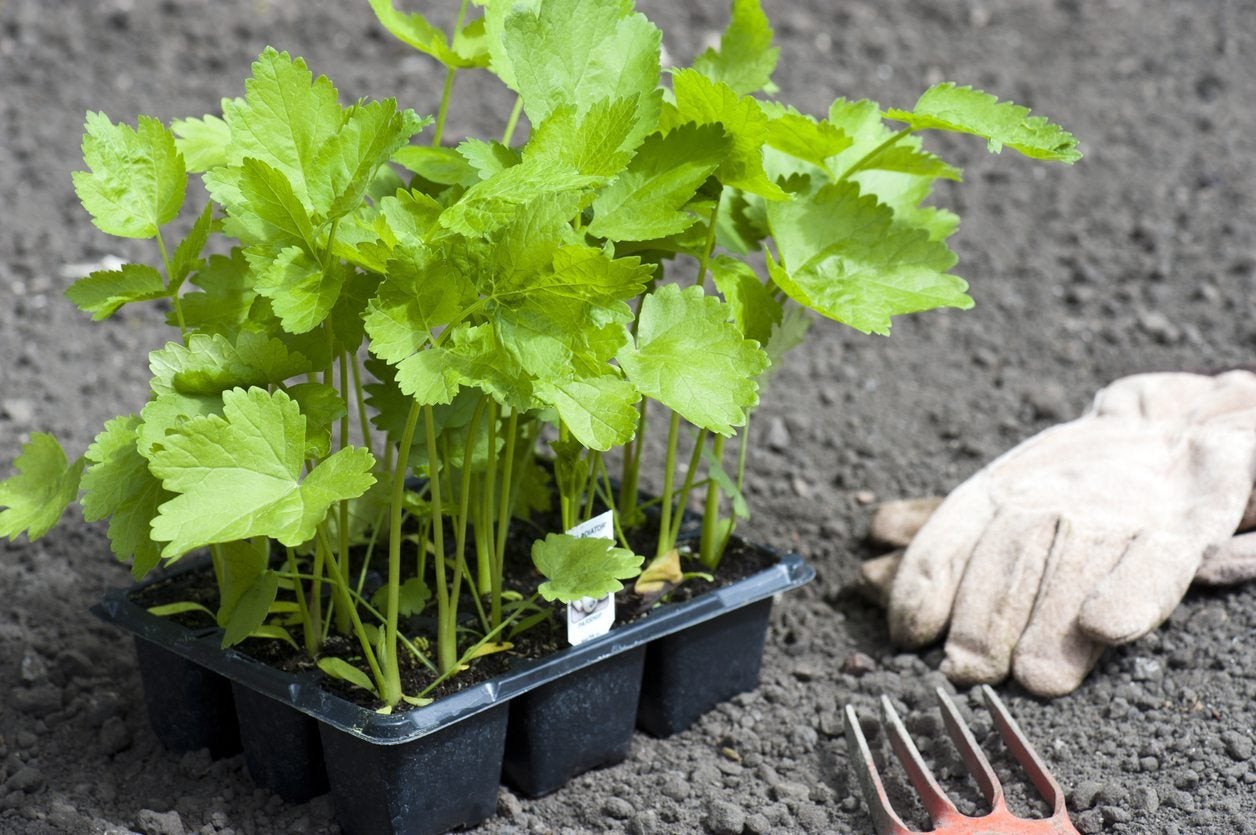 Container Grown Parsnips – Learn How To Grow Parsnips In A Container
Container Grown Parsnips – Learn How To Grow Parsnips In A ContainerRoot vegetables are making a comeback, and parsnips are high on the list. Parsnips are grown for their delicious roots and generally do best planted in a garden, but what if you don't have a garden plot? Can you grow parsnips in pots? Find out here.
By Amy Grant
-
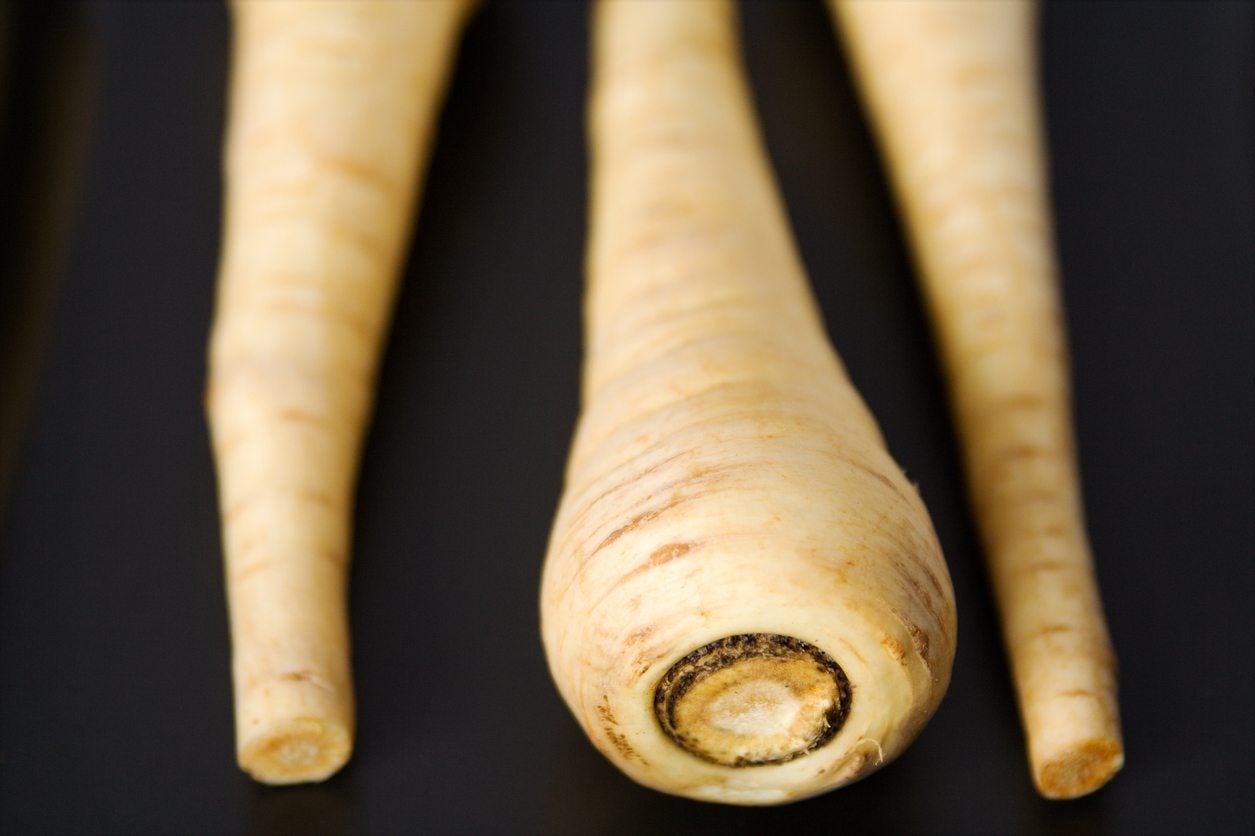 Growing Parsnips From Kitchen Scraps – Can You Regrow Parsnips From Tops
Growing Parsnips From Kitchen Scraps – Can You Regrow Parsnips From TopsYou only have to buy a vegetable once, and after you can just regrow it from its base. In the case of some vegetables, like celery, this is actually true. But what about parsnips? Do parsnips regrow after you've eaten them? Find out in this article.
By Liz Baessler
-
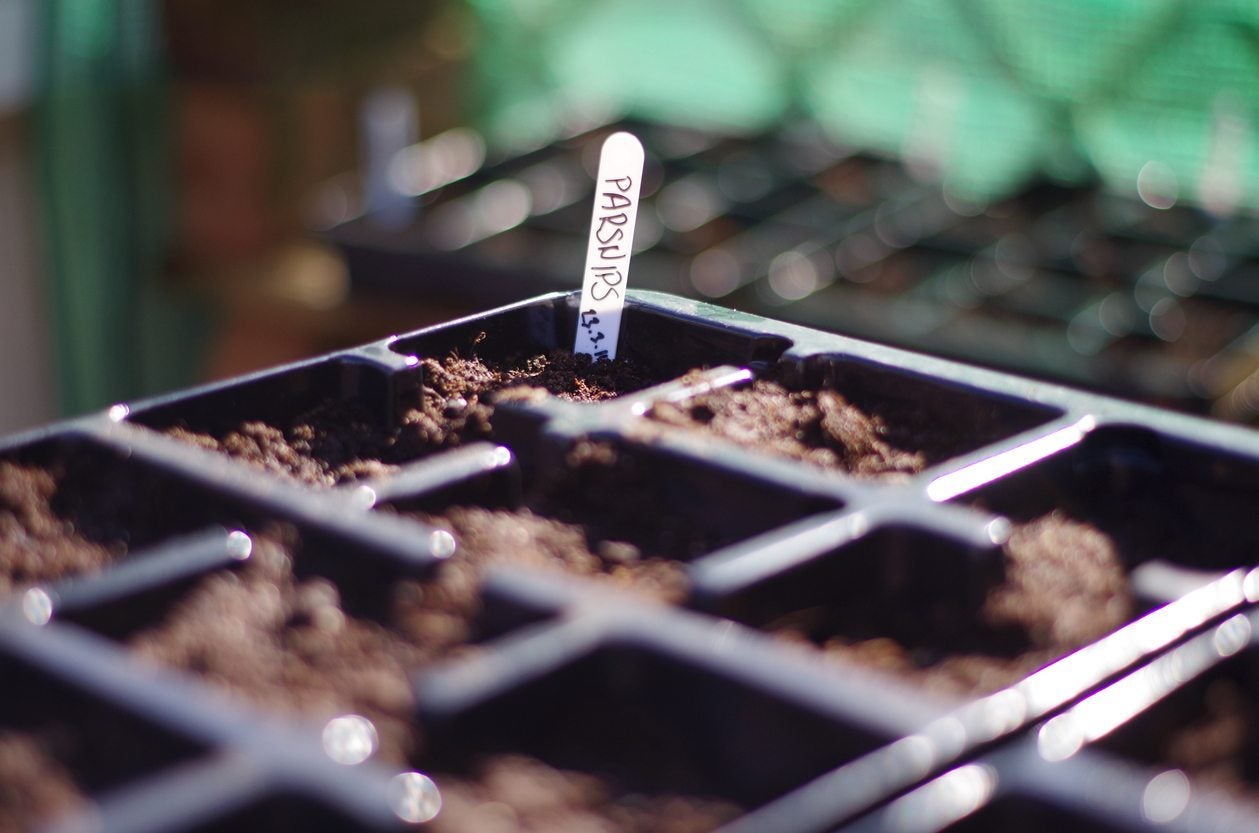 Seed Grown Parsnips: How To Grow Parsnips From Seed
Seed Grown Parsnips: How To Grow Parsnips From SeedIf you?re interested in seed-grown parsnips, give it a try! Growing parsnips from seed isn?t difficult as long as you provide the proper growing conditions. Learn how to grow parsnips from seed with the information found in this article.
By Mary H. Dyer